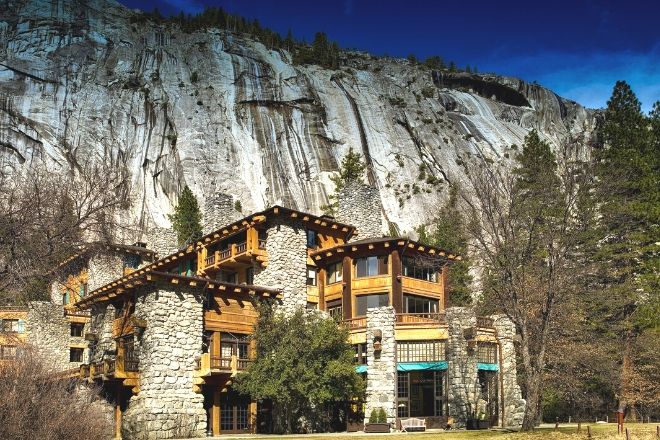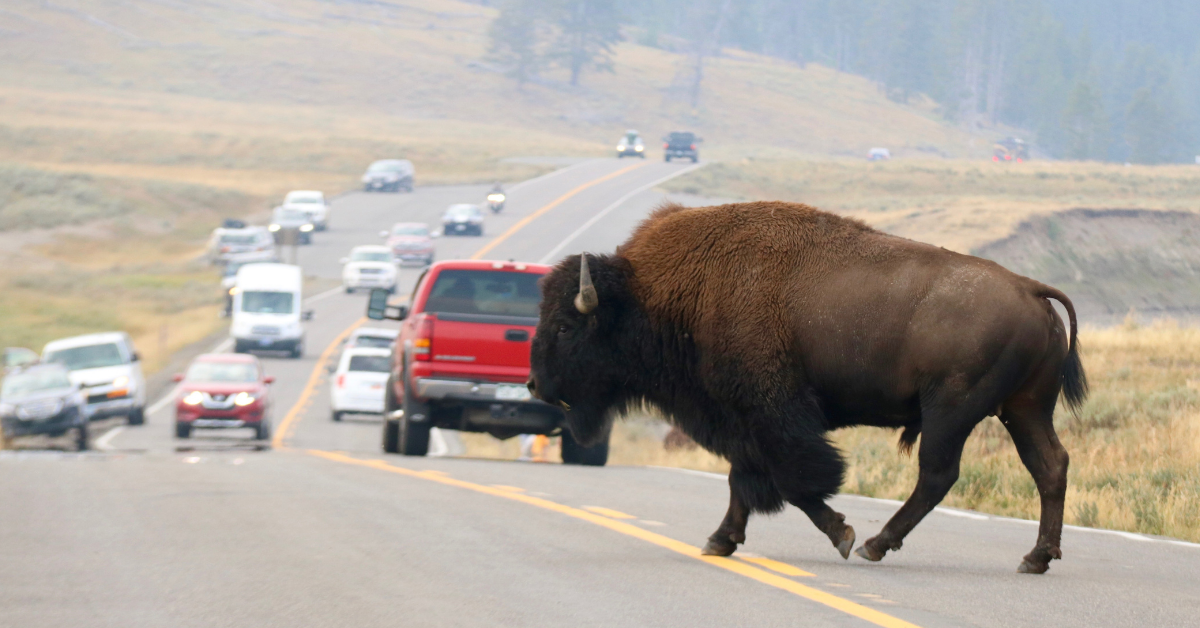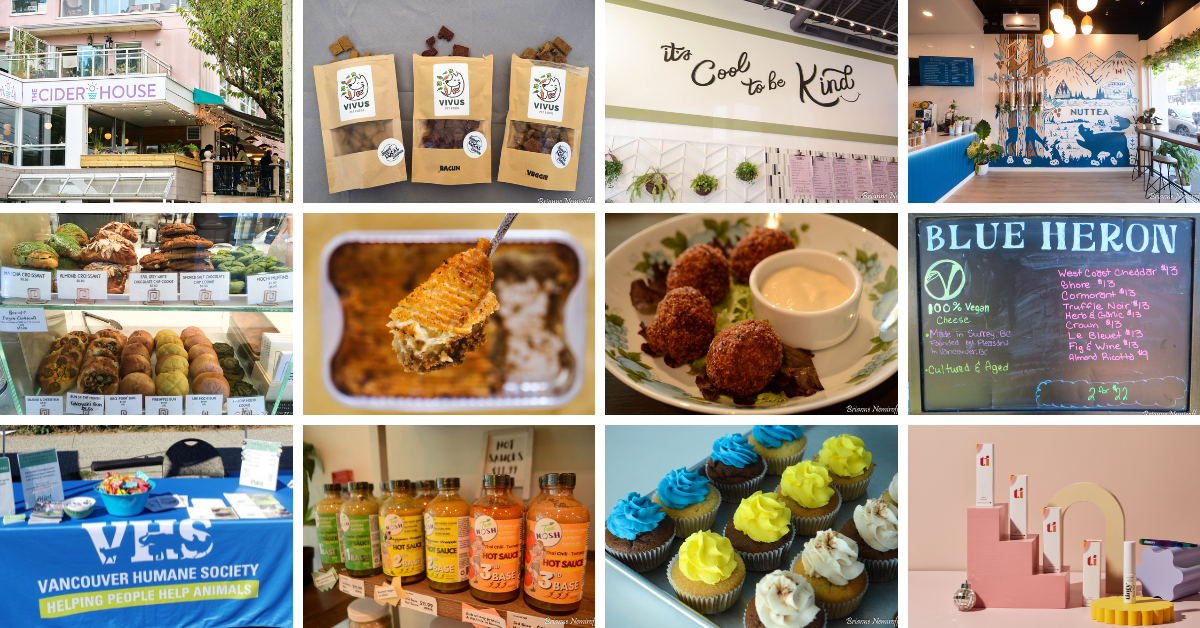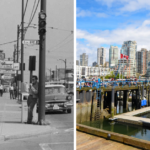What does overtourism look like?
You’ve just arrived at the Grand Canyon and you’re walking up to your first overlook. You take in its vast beauty, you admire the beautiful shades of orange and red, and you’re truly in awe. But then you’re suddenly taken out of the moment.
You look to your right and see a family of seven risking their safety by encroaching upon the edge of the overlook in order to take a photo for their Christmas card. You look to your left and see tourists leave their McDonald’s wrapper on top of an already-full trash bin. You look behind you and notice that the parking lot is at capacity and deer are desperately weaving in between cars trying to get back to their herd.
The once idyllic national parks have become a backdrop to many of our Instagram feeds and family camping trips. But overtourism comes at what cost?
Human Pollution: Foot Traffic, Air and Noise Pollution
National parks are more popular than ever, and it’s great that so many people enjoy them. However, this surge in popularity comes at a cost. That cost is destructive human traffic in these pristine places.
Overtourism in the parks means more delays on the roads, hiking trails, and restaurants in and outside of the park. More foot traffic also means worn-down trails, more voices, and overall noise pollution. The serene destination you were planning on visiting is now just as packed as Black Friday at Best Buy.

How to Take Action
First, stay to trails and don’t go off of designated paths. We know how tempting it is to want to explore areas that are literally off the beaten path, but this isn’t just for your safety. It’s also for preserving these spaces and the flora and fauna in them. Additionally, support policies and legislation that will help to fund preservation and restoration programs in the parks, such as the Restore Our Parks Act.
Second, avoid visiting the parks and over-trekked hikes during its high season, if you can manage it. This will ensure that you can visit and appreciate the park when its trails and campsites aren’t filled with people, while also financially supporting it during a time when its revenue may be low.
Third, don’t bring cars that are loud or have low gas mileage. The sound of a revved up engine may invigorate some, yet it’s at the expense of scaring local wildlife. Plus, an engine that is inefficient at burning gas makes the air around you foul and burns the gas just as much as a hole in your pocket.
Finally, avoid making unnecessary noise. Noise pollution can also wreck other visitors’ experiences, not to mention cause migraines or panic attacks in sensitive visitors. While playing music on your portable speakers or having a jocular interaction might be a way for you to blow off steam, hearing music and loud conversations can cause anxiety in others while they’re trying to experience a serene hike or sleep under the stars. If you’re traveling with an excited younger traveler, encourage them to stay quiet so they get to see more animals in their natural habitat!
Rubbish Pollution
Tourists are going to natural parks to admire natural beauty. What takes away from this beauty are trails covered by soda cans, protein bar wrappers, fast food, and discarded kids toys. Too much trash means there are too many humans. Parks are not playgrounds, amusement parks, or your living room. We need to change our mindset about natural parks from the idea of a place for entertainment to a place of worship.

How to Take Action
The first step is, as mentioned above, to change our perspective towards these spaces. Looking at them with the same respect as a place of worship will make anyone think twice before littering. The next step is as simple as bringing a trash bag and collecting all your rubbish with you as you go. Worried that you’ll accumulate too much trash in your bag? Then reduce using disposables where you can. See our article about traveling zero-waste. Also, be sure to research and plan exactly what you need to take with you. Is there anything that you once thought you’d need that you really don’t?
The Growing Cost of Living
One of the unforeseen detrimental effects of overtourism is the inflation of housing costs in any destination. When a place becomes popular, companies and developers replace low income housing with high end resorts. This displaces residents who have lived there their entire lives to make room for temporary visitors and the wealthy. The local dry cleaners becomes a hip coffee shop, and the local corner store gets knocked down and expanded for a Whole Foods, which then sells groceries that remaining residents may find too expensive to afford. Homes in the communities surrounding national parks then see a surge in their values and the owners eventually must sell. These homes then are turned into vacation homes or expensive resorts. Both of the above are bad in that they continue to expel locals from their homes.

How to Take Action
When on vacation, stay in long-standing hotels in neighboring cities or in the parks. Even better, camp in your own tent, use your own recreational vehicle, or stay in an Airbnb with a local family. Staying there will help them pay their high rent. Additionally, keep an eye on local developmental plans and policy and challenge those that are leading to this tendency.
Commercialization of Culture
We’ve all been in a situation while traveling where we want to immerse in the local cultures. Many parks in the U.S. highlight the culture of the local Native American tribes, such as Montezuma Castle National Monument, which highlights the culture of the Sinagua people, and Petroglyph National Monument, which showcases the petroglyphs of today’s Pueblo people. Around the most popular parks, you’ll often find rest stops selling fake tribal jewelry and art. None of that actually goes to help the local indigenous tribes.

How to Take Action
Before your trip, research the native communities surrounding the parks to see if they offer cultural tours. If you want to learn more about indigenous peoples, contact their cultural institutions directly. If no tours are available within the local communities, research the available tours in the park to see if they work with tribal governments and organizations. Do they promote cultural preservation as well as education and medical programs?
We all love our national parks, but our zealous love for them can inadvertently damage them. If we are mindful of our presence and how it affects these spaces and other visitors, then our natural parks will continue to be preserved and appreciated for generations to come.
How will you take action on your next trip to a national park?













